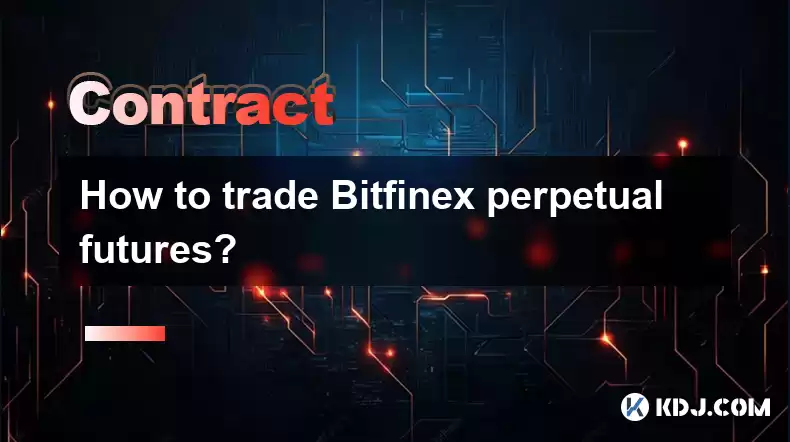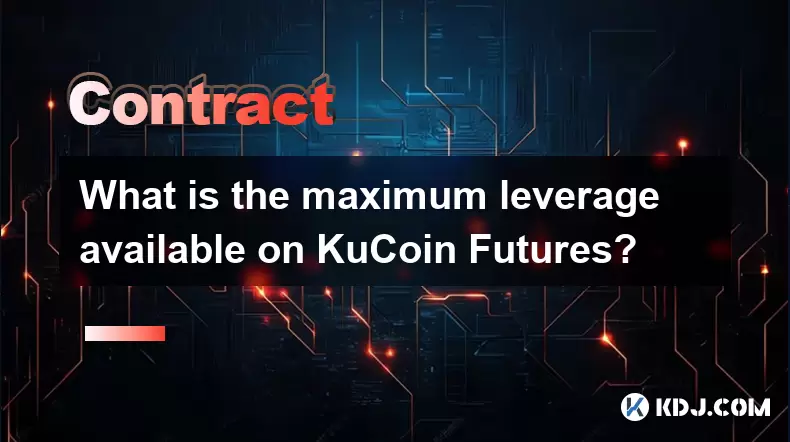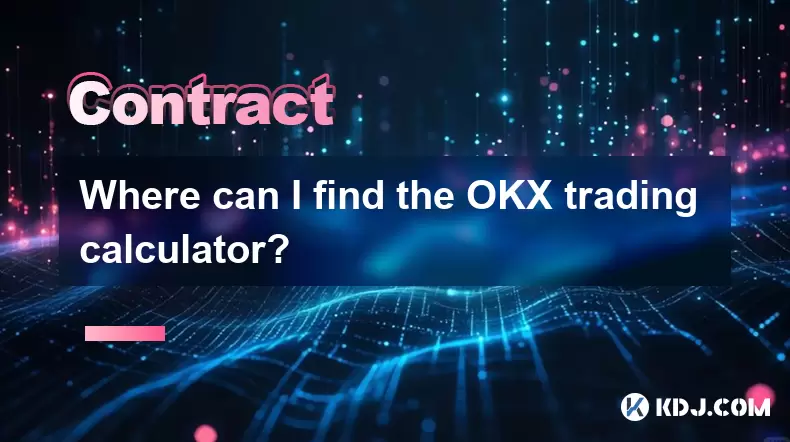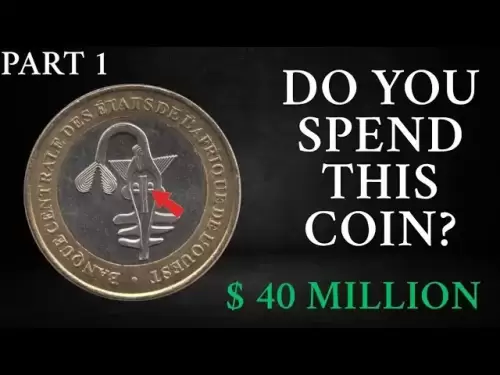-
 Bitcoin
Bitcoin $116700
0.24% -
 Ethereum
Ethereum $3973
4.34% -
 XRP
XRP $3.283
7.68% -
 Tether USDt
Tether USDt $1.000
0.01% -
 BNB
BNB $789.8
2.27% -
 Solana
Solana $176.2
3.31% -
 USDC
USDC $0.9999
0.00% -
 Dogecoin
Dogecoin $0.2238
5.14% -
 TRON
TRON $0.3389
-0.51% -
 Cardano
Cardano $0.7907
4.03% -
 Stellar
Stellar $0.4527
10.02% -
 Hyperliquid
Hyperliquid $41.07
4.27% -
 Sui
Sui $3.794
1.77% -
 Chainlink
Chainlink $19.49
10.40% -
 Bitcoin Cash
Bitcoin Cash $580.9
0.74% -
 Hedera
Hedera $0.2617
4.32% -
 Avalanche
Avalanche $23.41
3.67% -
 Ethena USDe
Ethena USDe $1.001
-0.03% -
 Litecoin
Litecoin $122.4
1.38% -
 Toncoin
Toncoin $3.364
1.49% -
 UNUS SED LEO
UNUS SED LEO $8.988
0.37% -
 Shiba Inu
Shiba Inu $0.00001295
2.82% -
 Uniswap
Uniswap $10.62
5.75% -
 Polkadot
Polkadot $3.922
4.46% -
 Dai
Dai $1.000
0.01% -
 Bitget Token
Bitget Token $4.494
2.15% -
 Monero
Monero $268.0
-1.30% -
 Cronos
Cronos $0.1523
3.68% -
 Pepe
Pepe $0.00001127
4.43% -
 Aave
Aave $285.4
4.85%
How to trade Bitfinex perpetual futures?
To trade Bitfinex perpetual futures, set up an account, fund it, choose a contract, and place orders, while monitoring market conditions and managing positions effectively.
Apr 07, 2025 at 12:07 am

Trading Bitfinex perpetual futures involves understanding the platform, setting up your account, and executing trades effectively. Bitfinex, a leading cryptocurrency exchange, offers perpetual futures contracts that allow traders to speculate on the future price of cryptocurrencies without an expiration date. These contracts are designed to mimic the price movements of the underlying asset, providing traders with a tool for hedging or speculating on price movements. To get started, you need to register an account, complete the verification process, and fund your account. Once set up, you can navigate to the futures trading section, choose your contract, and place your orders.
Setting Up Your Bitfinex Account
To trade Bitfinex perpetual futures, you first need to set up an account. Start by visiting the Bitfinex website and clicking on the "Sign Up" button. You will need to provide your email address and create a strong password. After registering, you must complete the verification process, which involves submitting identification documents to comply with Know Your Customer (KYC) regulations. Once your account is verified, you can proceed to fund your account. Bitfinex supports various deposit methods, including bank transfers and cryptocurrency deposits. Ensure you have sufficient funds in your account before moving to the next step.
Navigating to the Futures Trading Section
After funding your account, navigate to the futures trading section on Bitfinex. You can find this section by clicking on the "Trading" tab and selecting "Futures" from the dropdown menu. Bitfinex offers a variety of perpetual futures contracts for different cryptocurrencies, such as Bitcoin (BTC), Ethereum (ETH), and others. Each contract has its own specifications, including the underlying asset, contract size, and leverage options. Take the time to familiarize yourself with these details to make informed trading decisions.
Choosing Your Perpetual Futures Contract
Once in the futures trading section, you need to choose the perpetual futures contract you want to trade. Bitfinex provides detailed information on each contract, including the current price, funding rate, and open interest. Select the contract that aligns with your trading strategy and risk tolerance. For example, if you are bullish on Bitcoin, you might choose a BTC/USD perpetual futures contract. Conversely, if you are bearish, you might opt for a short position on the same contract. Understanding the specifics of each contract will help you make better trading decisions.
Placing Your Order
To place an order for a perpetual futures contract on Bitfinex, you can use either the order book or the trading interface. The order book displays the current buy and sell orders for the selected contract, allowing you to see the market depth. You can place a market order, which executes immediately at the best available price, or a limit order, which executes at a specified price or better. To place a market order, simply enter the quantity you want to trade and click "Buy" or "Sell." For a limit order, enter the quantity and the price at which you want the order to execute, then click "Buy" or "Sell." Monitor your orders closely to ensure they execute as intended.
Managing Your Positions
After placing your order, it's crucial to manage your positions effectively. Bitfinex provides various tools to help you monitor and adjust your trades. You can view your open positions, unrealized profits or losses, and margin requirements in the "Positions" tab. If the market moves against your position, you may need to add more margin to avoid liquidation. Conversely, if the market moves in your favor, you can choose to close your position to realize your profits. Bitfinex also offers features like stop-loss and take-profit orders, which can help you manage risk and automate your trading strategy.
Understanding Funding Rates
One unique aspect of trading perpetual futures on Bitfinex is the funding rate. The funding rate is a periodic payment made between long and short positions to ensure the contract price stays aligned with the spot price of the underlying asset. If the funding rate is positive, long positions pay short positions; if it's negative, short positions pay long positions. The funding rate is calculated and exchanged every eight hours. Understanding how the funding rate affects your position is essential for effective trading. You can find the current funding rate for each contract in the futures trading section.
Leverage and Margin Requirements
Bitfinex allows traders to use leverage when trading perpetual futures, which can amplify both gains and losses. The amount of leverage you can use depends on the specific contract and your account's margin requirements. Higher leverage increases your potential returns but also increases the risk of liquidation if the market moves against your position. To manage this risk, Bitfinex requires you to maintain a certain level of margin in your account. If your margin falls below the required level, your position may be liquidated. Always monitor your margin levels and adjust your leverage accordingly to avoid unexpected liquidations.
Monitoring Market Conditions
Successful trading of Bitfinex perpetual futures requires constant monitoring of market conditions. Keep an eye on factors that can influence cryptocurrency prices, such as news events, market sentiment, and technical indicators. Bitfinex provides various charting tools and indicators to help you analyze market trends and make informed trading decisions. You can also set up price alerts to notify you of significant price movements. Staying informed and adapting your strategy to changing market conditions is key to successful trading.
Closing Your Positions
When you're ready to close your position, you can do so by placing an order opposite to your initial trade. For example, if you initially bought a BTC/USD perpetual futures contract, you would sell the same amount to close your position. You can choose to close your position manually or set up a take-profit order to automatically close your position when it reaches a certain profit level. Similarly, you can use a stop-loss order to limit your losses by closing your position if the market moves against you. Always consider your risk management strategy when closing positions.
Common Questions About Trading Bitfinex Perpetual Futures
What are Bitfinex perpetual futures?
Bitfinex perpetual futures are derivative contracts that allow traders to speculate on the future price of cryptocurrencies without an expiration date. These contracts are designed to mimic the price movements of the underlying asset, providing a tool for hedging or speculating on price movements.
How do I set up an account on Bitfinex?
To set up an account on Bitfinex, visit their website, click on "Sign Up," and provide your email address and a strong password. After registering, complete the verification process by submitting identification documents. Once verified, fund your account using supported deposit methods.
What is the funding rate in Bitfinex perpetual futures?
The funding rate is a periodic payment made between long and short positions to ensure the contract price stays aligned with the spot price of the underlying asset. It is calculated and exchanged every eight hours. If the funding rate is positive, long positions pay short positions; if it's negative, short positions pay long positions.
How can I manage my positions on Bitfinex?
You can manage your positions on Bitfinex by monitoring your open positions, unrealized profits or losses, and margin requirements in the "Positions" tab. Use tools like stop-loss and take-profit orders to manage risk and automate your trading strategy. Adjust your margin levels to avoid liquidation.
What is leverage in Bitfinex perpetual futures trading?
Leverage in Bitfinex perpetual futures trading allows you to control a larger position with a smaller amount of capital. It can amplify both gains and losses. The amount of leverage you can use depends on the specific contract and your account's margin requirements. Always monitor your margin levels to avoid liquidation.
How do I close my positions on Bitfinex?
To close your positions on Bitfinex, place an order opposite to your initial trade. For example, if you initially bought a contract, you would sell the same amount to close your position. You can close your position manually or use take-profit and stop-loss orders to automate the process.
What should I monitor when trading Bitfinex perpetual futures?
When trading Bitfinex perpetual futures, monitor market conditions such as news events, market sentiment, and technical indicators. Use Bitfinex's charting tools and set up price alerts to stay informed. Adapt your strategy to changing market conditions to improve your trading success.
Disclaimer:info@kdj.com
The information provided is not trading advice. kdj.com does not assume any responsibility for any investments made based on the information provided in this article. Cryptocurrencies are highly volatile and it is highly recommended that you invest with caution after thorough research!
If you believe that the content used on this website infringes your copyright, please contact us immediately (info@kdj.com) and we will delete it promptly.
- Punisher Coin: The Altcoin Ready to Punish Your Portfolio with Gains?
- 2025-08-08 22:50:16
- Mutuum Finance, Bitcoin Whales, and Binance: Decoding the Crypto Currents
- 2025-08-08 22:30:11
- Bitcoin, Crypto Market, Volatility: Riding the Rollercoaster in NYC Style
- 2025-08-08 22:50:16
- HTX Copy Trading Extravaganza: Rewards and Opportunities for Traders
- 2025-08-08 23:30:12
- SPX6900 Pumps & TOKEN6900 Presale: Month Growth Mania!
- 2025-08-08 23:30:12
- Dogwifhat, Beanie, and $800,000: A Meme Worth Millions?
- 2025-08-08 23:35:12
Related knowledge

What is the distinction between mark price and last price on KuCoin?
Aug 08,2025 at 01:58pm
Understanding the Basics of Price in Cryptocurrency TradingIn cryptocurrency exchanges like KuCoin, two key price indicators frequently appear on trad...

What are the specific maker and taker fees on KuCoin Futures?
Aug 08,2025 at 08:28am
Understanding Maker and Taker Fees on KuCoin FuturesWhen trading on KuCoin Futures, users encounter two primary types of fees: maker fees and taker fe...

What is the maximum leverage available on KuCoin Futures?
Aug 08,2025 at 10:21am
Understanding Leverage in KuCoin Futures TradingLeverage in KuCoin Futures allows traders to control a larger position size using a smaller amount of ...

What is the minimum deposit for OKX contracts?
Aug 08,2025 at 07:00am
Understanding OKX Contract Trading BasicsOKX is one of the leading cryptocurrency derivatives exchanges, offering a wide range of perpetual and future...

Where can I find the OKX trading calculator?
Aug 08,2025 at 07:49am
Understanding the OKX Trading Calculator FunctionalityThe OKX trading calculator is a powerful analytical tool designed to assist traders in estimatin...

What is copy trading for OKX perpetual contracts?
Aug 08,2025 at 10:42pm
Understanding Copy Trading in the Context of OKX Perpetual ContractsCopy trading is a feature offered by the OKX exchange that enables users to automa...

What is the distinction between mark price and last price on KuCoin?
Aug 08,2025 at 01:58pm
Understanding the Basics of Price in Cryptocurrency TradingIn cryptocurrency exchanges like KuCoin, two key price indicators frequently appear on trad...

What are the specific maker and taker fees on KuCoin Futures?
Aug 08,2025 at 08:28am
Understanding Maker and Taker Fees on KuCoin FuturesWhen trading on KuCoin Futures, users encounter two primary types of fees: maker fees and taker fe...

What is the maximum leverage available on KuCoin Futures?
Aug 08,2025 at 10:21am
Understanding Leverage in KuCoin Futures TradingLeverage in KuCoin Futures allows traders to control a larger position size using a smaller amount of ...

What is the minimum deposit for OKX contracts?
Aug 08,2025 at 07:00am
Understanding OKX Contract Trading BasicsOKX is one of the leading cryptocurrency derivatives exchanges, offering a wide range of perpetual and future...

Where can I find the OKX trading calculator?
Aug 08,2025 at 07:49am
Understanding the OKX Trading Calculator FunctionalityThe OKX trading calculator is a powerful analytical tool designed to assist traders in estimatin...

What is copy trading for OKX perpetual contracts?
Aug 08,2025 at 10:42pm
Understanding Copy Trading in the Context of OKX Perpetual ContractsCopy trading is a feature offered by the OKX exchange that enables users to automa...
See all articles

























































































